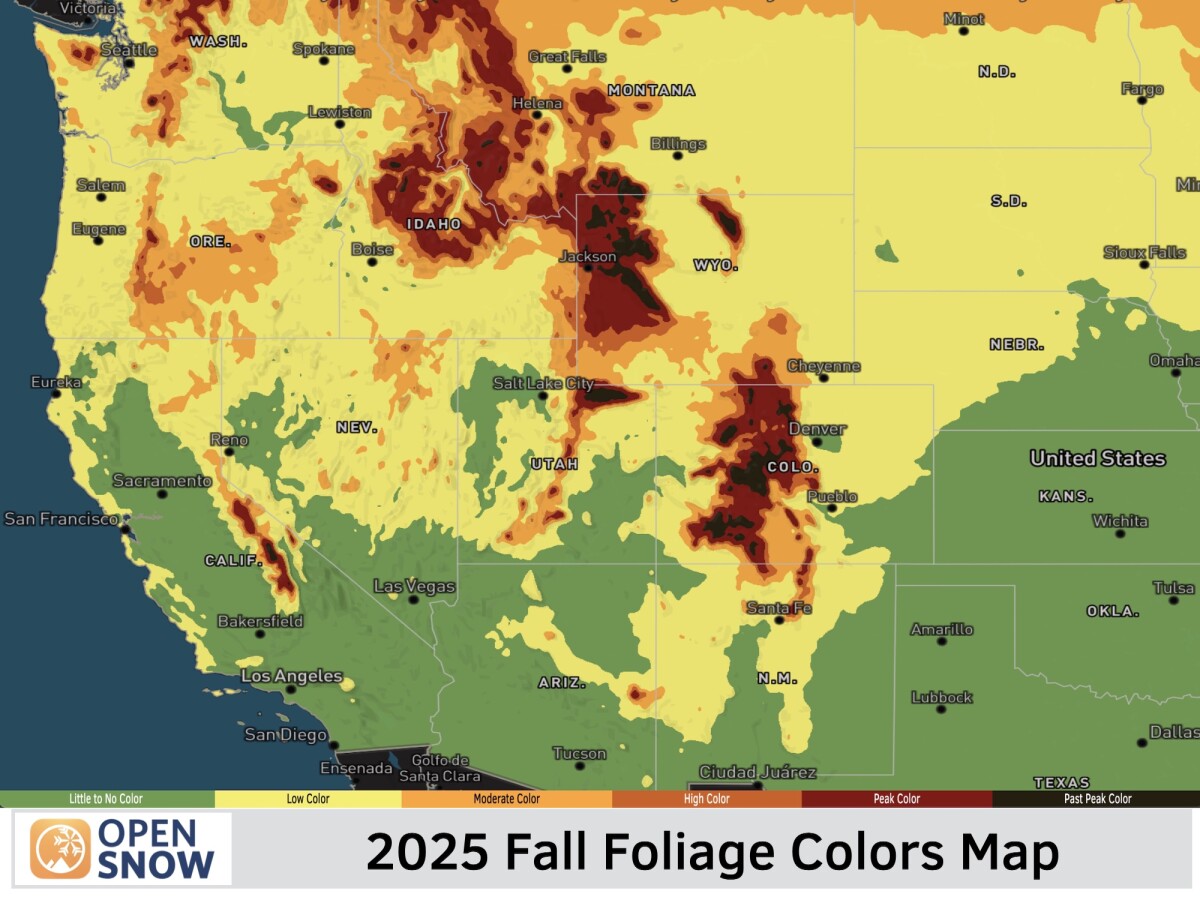News

By Sam Collentine, Meteorologist Updated 1 year ago May 8, 2024
How Cloud Seeding Works

In early October 2017, the Summit Daily News in Colorado ran an article about how cloud seeding could increase snow by an average of 10%, up to 25 % for individual storms.
After reading this, many OpenSnow fans emailed us to ask if the increased snowfall is real, and if so, do we take cloud seeding into account when making forecasts.
Why do people seed clouds?
To get the clouds to produce more snow. The main purpose of this extra snowfall is to produce more water during spring runoff. Yes, the extra snowfall could make powder days slightly deeper, but the target of the program is added water, not deeper powder days.
What is cloud seeding?
Large burners heat air, and this heated air lifts particles of silver iodide into the clouds. These extra particles act as nuclei and help the moisture in the cloud coalesce into snowflakes. Clouds already have plenty of particles to act as nuclei for snowflakes, and the silver iodide particles provide extra nuclei to hopefully create more snowflakes.

Image Credit: Bio Stud
Does cloud seeding work?
The science is sound, but measuring the results is hard. Most studies I have seen point to a snowfall increase of 3-10% during an entire season. The Summit Daily news article lists 10% as an average increase.
Does cloud seeding work during every storm?
Seeding can add no snow during some storms, and maybe 10-20% or more during some storms, depending on temperature, wind direction, and moisture.
When does cloud seeding not work?
If there is no cloud or little moisture in the air, cloud seeding will NOT produce additional snow. Cloud seeding makes clouds a bit more efficient at converting moisture into snowfall. Cloud seeding does NOT produce snow from clear blue skies. That would be magic.
Does this extra snowfall matter?
For a large area during a full winter season, it absolutely matters. If average snowfall is 300 inches for a certain mountain range, and cloud seeding adds 10%, that's an extra 30 inches of snow for the season. An extra 30 inches of snow over a large mountain range creates a lot more water in the spring.
Do we consider cloud seeding when making a forecast?
No. The increased snowfall from cloud seeding (maybe 10%) is usually a lower amount than the rage of uncertainty in the forecast itself. For example, cloud seeding might add 1 inch of snow to a 10-inch storm (an increase of 10%), but the snow forecast range might be 8-12 inches. One inch that MIGHT be added by cloud seeding is less than the four-inch range of the forecast itself.
How much does it cost to seed clouds?
The Summit Daily News article lists a cost of around $250,000 per winter for a certain area of Colorado. Cloud seeding occurs outside of Colorado as well. I have heard that most of this cost is paid by water managers, with some of the costs paid by ski areas.
Bottomline
Cloud seeding is likely worthwhile for the water it produces during the course of a season. On its own, however, cloud seeding will NOT turn a dust-on-crust day into a deep powder day.
This article was originally published by Joel Gratz on October 8, 2017.
About The Author




